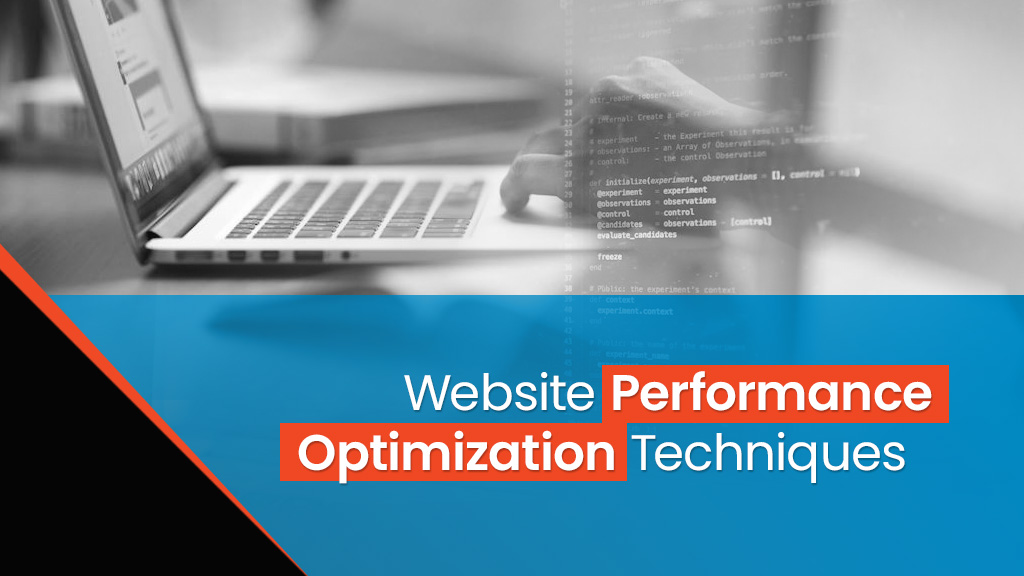In today’s fast-paced digital era, the need for a lightning-fast website is more critical than ever. Users demand instant access to information, and a slow website can result in frustration and a significant loss of traffic. Website performance optimization is not just a technical jargon; it’s a necessity for businesses and individuals aiming to provide an exceptional user experience.
Here are various techniques to optimize your website’s speed and performance:
- Optimizing Images and Multimedia: Images and multimedia content contribute significantly to a website’s load time. To enhance performance, compress images without compromising quality using tools like TinyPNG or ImageOptim. Employ lazy loading techniques to load images only when they come into the user’s viewport, reducing initial page load times.
- Minifying and Combining CSS and JavaScript Files: Reduce the number of HTTP requests by minifying and combining CSS and JavaScript files. Tools like UglifyJS and CSSNano can help shrink file sizes by eliminating unnecessary characters and whitespace. Fewer files mean faster loading times and a more efficient user experience.
- Browser Caching: Implement browser caching to store static files locally on a user’s device, reducing the need to download them on subsequent visits. This strategy significantly improves load times for returning visitors. Configure your server to include expiration headers for static resources, ensuring that users always receive the latest version of dynamic content.
- Content Delivery Networks (CDNs): CDNs distribute your website’s static content across a network of servers worldwide, ensuring that users can access files from the nearest server. This reduces latency and improves load times for users across the globe. Popular CDNs include Cloudflare and Akamai.
- Optimizing Server Response Time: Server response time plays a crucial role in website performance. Optimize your server configuration, database queries, and server-side scripting to minimize response times. Utilize tools like GTmetrix to identify and address server-related performance issues.
- Efficient Coding Practices: Write clean, efficient code by eliminating unnecessary characters, using CSS sprites for multiple images, and leveraging asynchronous loading for non-essential scripts. Adopting responsive design practices ensures that your website adapts seamlessly to different screen sizes, improving both performance and user experience.
- Implementing Content Compression: Enable content compression to reduce the size of text-based content before transmitting it to the user’s browser. Compressed files load faster, resulting in a snappier website experience.
- Optimizing Critical Rendering Path: Prioritize above-the-fold content to ensure that crucial elements load first. Optimize the critical rendering path by minimizing the number of blocking resources and utilizing techniques like asynchronous loading for non-essential scripts.
A fast-loading website is not just a luxury but a necessity. By implementing the website performance optimization techniques noted above, you can enhance user experience, improve search engine rankings, and, ultimately, drive success for your online presence. Regularly monitor your website’s performance and stay proactive in adopting emerging optimization strategies to stay ahead in the digital race. Remember, speed matters, and a faster website is a gateway to user satisfaction and success in the online realm.
BlackSun, a division of VDC Virtual Data Corp., makes Canadian web hosting easy. We deliver fast, reliable, affordable, and scalable web hosting solutions to Canada and around the world — from basic sites to intricate e-commerce storefronts. In addition, our in-house web design and marketing experts offer web development and marketing services to Canadian SMBs from coast to coast. Reach out to us today to learn more!
